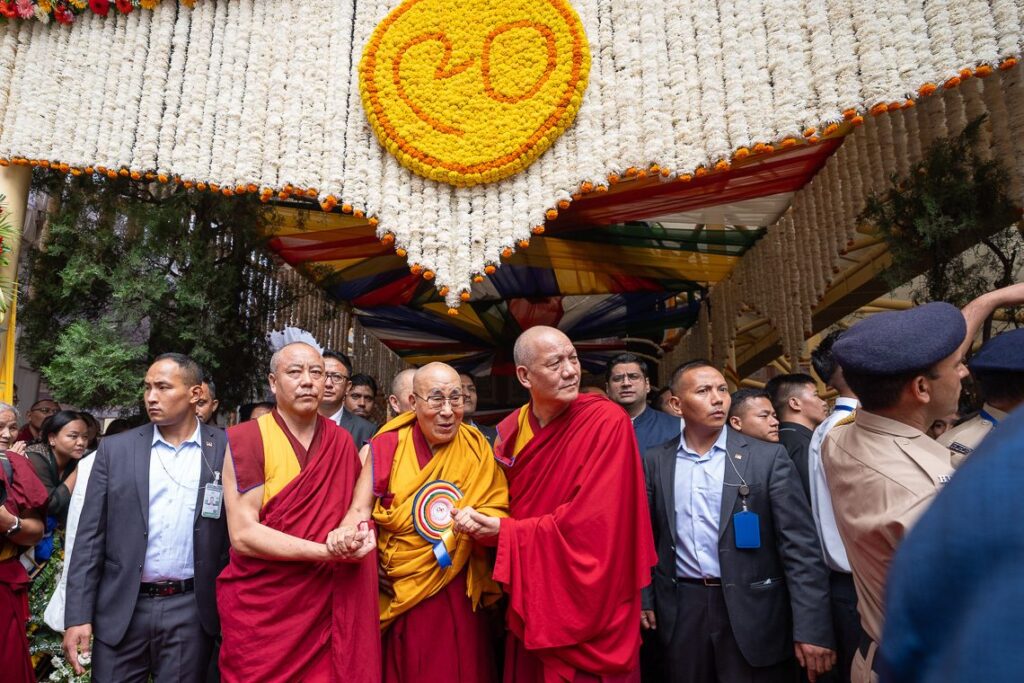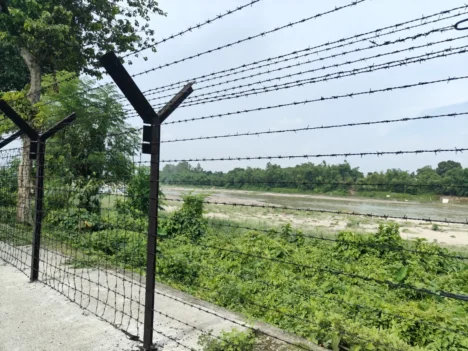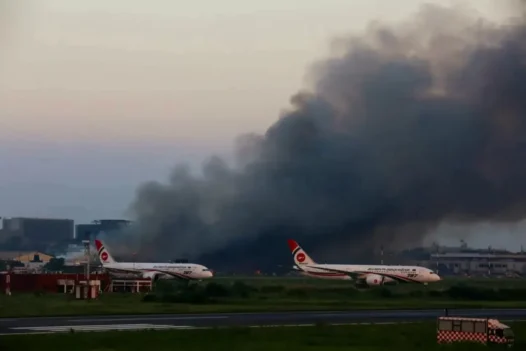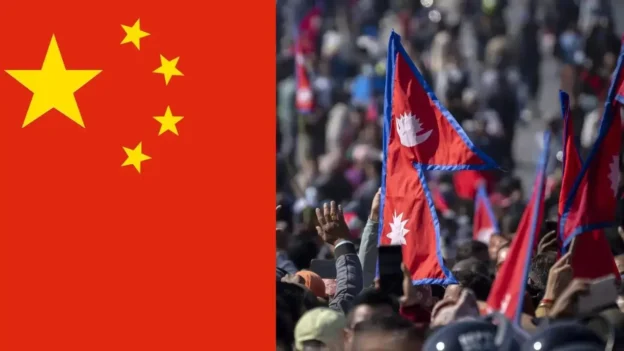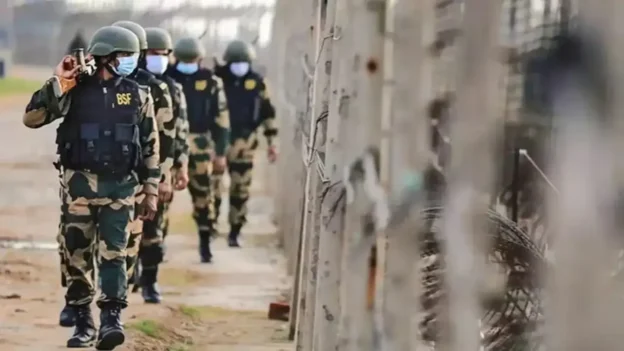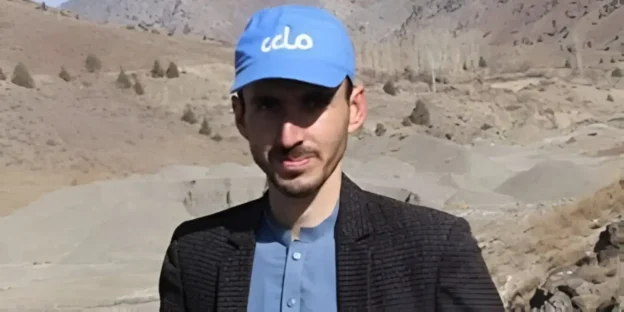Guwahati, July 6: On July 6, 2025, the world paused to celebrate the 90th birthday of the 14th Dalai Lama of Tibet, Jamphel Ngawang Lobsang Yeshe Tenzin Gyatso. In Dharamshala and in countless corners of the globe, there was an unmistakable sense of hope, reverence, and gratitude in the air. Traditional masked dancers, well-wishers, and spiritual leaders gathered to honour a life dedicated to peace and compassion, while global celebrations reflected not only the love people hold for the Dalai Lama, but also the profound significance of his message in our times.
The Dalai Lama is one of the most beloved and revered spiritual Gurus of the modern world. An ardent messenger of Gautam Buddha’s teachings, the Dalai Lama stands as one of the greatest humanitarian leaders of our age, whose commitment to non-violence and universal harmony remains the strongest proponent of peace and dialogue in the 21st century. His life events are significant milestones in the history of Tibet.
From his enthronement as the spiritual head of Tibet in 1940, when he was just five years old, to becoming the temporal head of the Tibetan people in 1950 in the wake of communist Chinese aggression, and then his miraculous exodus to India amidst the largest Tibetan uprising against the Chinese annexation in March 1959—each moment has left an indelible mark. The Dalai Lama’s exiled life in India, and his visionary mission in providing spiritual and political leadership to Tibetans in their ongoing struggle for self-determination and freedom, has shaped the modern history of the Tibetan people. Under his tutelage, Tibetan culture and religion have found a new lease of life in India and the free world outside Tibet.
The Dalai Lama has unfailingly engaged the world with his motherland, Tibet, and the predicament of six million Tibetans who have faced the forceful occupation of their homeland by the communist People’s Republic of China since the 1950s. Every decision and life event of the 14th Dalai Lama has influenced the course of Tibet’s history—be it the global significance of his thoughts and teachings, the worldwide followers who support the Tibetan cause, his progressive religious reforms within Tibetan Buddhism, the introduction of democracy in the Tibetan political structure, or his global recognitions, such as the Nobel Peace Prize in 1989. His retirement from the political leadership of Tibet in 2011, and the recently declared framework for his succession, made amidst his 90th birthday celebration in 2025, all mark a significant succession of events that will decide the future of Tibetans, the followers of Tibetan Buddhism in India, China, and across the world, as well as the world community at large.
The Dalai Lama officially announced his affirmation for the continuation of the Dalai Lama institution on July 2, 2025, just four days before his 90th birthday celebrations worldwide. In this much-awaited declaration, he addressed the anticipated interference of communist China in the future selection of the reincarnated 15th Dalai Lama, by authorizing the Gaden Phodrang Trust—the Office of the Dalai Lama—with exclusive rights to identify and select the future Dalai Lama. He thwarted outside interference by reiterating that the Gaden Phodrang Trust has sole authority to recognize the future reincarnation; no one else has any such authority to interfere in this matter. With this declaration, the Dalai Lama poured his benevolent blessings and hope for Tibetans, his followers, and the entire humanity, putting an end to years of speculation about his decision on his reincarnation and the future of the Dalai Lama tradition of Tibet. As he had earlier stated: “As far back as 1969, I made clear that concerned people should decide whether the Dalai Lama’s reincarnations should continue in the future.” He had also said, “When I am about ninety, I will consult the high Lamas of the Tibetan Buddhist traditions, the Tibetan public, and other concerned people who follow Tibetan Buddhism, to re-evaluate whether or not the institution of the Dalai Lama should continue.”
The Dalai Lama, the Bodhisattva of compassion, is revered as the manifestation of Avalokiteshvara or Chenrezig by Tibetans and his followers. He epitomizes a living legacy of ancient India’s Bodhisattva movement, and often says that Tibetan Buddhism derives from and preserves the authentic Nalanda tradition of India. The Dalai Lama’s affirmation for the continuation of the Dalai Lama institution after him is a matter of great happiness for all Indians, because India’s heritage of ancient knowledge and Sanatana philosophy is inseparably connected with the glorious Nalanda tradition. This declaration, announcing the continuation of the 600-year-old Dalai Lama tradition of Tibet, gives hope to Tibetan youth and all supporters of the Tibetan freedom movement. The Dalai Lama acts as the most important uniting factor in Tibetan culture, a fact well reflected in his enduring aura and influence among all.
This declaration gives hope not only to Tibetans but to the entire world—believers, non-believers, and all sentient beings—for the Dalai Lama reincarnates with the vow to guide all sentient beings caught up in the delusional samsara of suffering and ignorance toward the path of Bodhichitta and nirvana. Though the Dalai Lama renounced his political leadership in 2011, his decisions related purely to religion and spirituality continue to trouble the communist Chinese government. This declaration too drew a prompt response from the Chinese government, which rejected the succession plan declared by the Dalai Lama with dubious claims over religious matters of Tibet.
This demonstrates the forceful and repressive policies of the People’s Republic of China on Tibet and Tibetan culture. The communist Chinese government abducted the six-year-old 11th Panchen Lama, Gendun Choki Nyima, and his family in 1995, right after his recognition as the reincarnation of the second highest figure of Tibetan Buddhism by the Dalai Lama. Their whereabouts remain undisclosed to this day. Meanwhile, the Chinese government selected a different boy, Gyaincain Norbu, as the 11th Panchen Lama of Tibet—a decision immediately denounced by the Dalai Lama in 1995. The Tibetan community and their supporters worldwide continue to demand information on the whereabouts of Gedun Choki Nyima and his family.
The world knows that communist China may be preparing future plans to interfere with the reincarnation of the 15th Dalai Lama, with a likely dual succession as was practiced in the case of the Panchen Lama in 1995. The official plan of succession, as provided by the Dalai Lama, will be tested for its strength when the time arrives, but world leaders must act in support of the Dalai Lama and Tibet as history unfolds. The entire world, and certainly communist China, will closely monitor India’s stand on this succession plan.
Yet it must be remembered that India has always stood by the Tibetans despite the complex geopolitical Sino-Indian scenario. India remains the epicentre of the peaceful Tibetan struggle outside Tibet, and the Dalai Lama is revered by all Indians. Indian citizens share an age-old cultural, religious, and regional kinship with Tibetans—beautifully seen among the people of Assam and Northeast India, who are bonded with Tibet through the colourful Tsangpo-Siang-Brahmaputra civilization. People’s forums like ‘Free Tibet—a voice from Assam’ have connected the two peoples in a civil society movement, with Indian citizens demanding the complete freedom of Tibet. The much-debated issue of India’s Tibet policy requires greater understanding and sensibility, for Indo-Tibetan relations have always transcended politics and borders. Tibetans consider India their Arya Bhumi, and India can never forget the timeless spiritual bond of Guru-Chela between Bharat and Tibet.
As the world marks the glorious nine decades of the Dalai Lama’s life, the celebrations are woven with prayers for his long life and the eventual return of the Dalai Lama and his people to the land of snow lions. His message continues to inspire hope—not only for Tibet and its future, but for all humanity seeking peace, freedom, and compassion.

